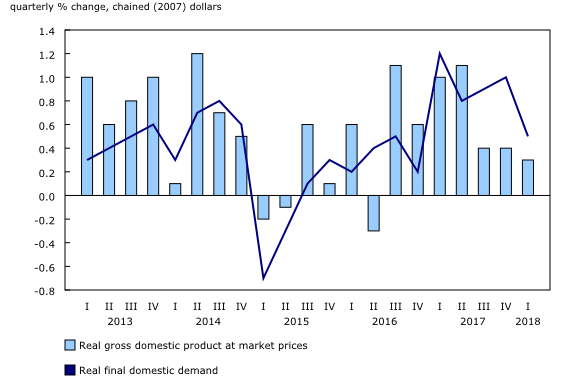In the wake of the pandemic, with inflation, lagging productivity growth and a slowing economy, it is sometimes useful to look back on what economic performance was like in the "before time" particularly amongst Canadian urban areas. Statistics Canada currently provides GDP estimates for Canadian CMAs for the period 2009 to 2020. While 2020 sees a dip in GDP for everyone, the 2009 to 2019 period provides a snapshot of which parts of the country were growing the fastest prior to the pandemic. The accompanying figure provides the growth rate in nominal GDP from 2009 to 2019 for Canada's 36 CMAs and ranks them from highest to lowest.
The expansion of GDP over ten years across these 36 CMAs averaged 45 percent and ranged from a high of 66 percent for Guelph, Ontario to a low of 16 percent for Saint John, New Brunswick. Three of the top five CMAs are in Ontario - Guelph, Kitchener-Cambridge-Waterloo and Toronto. At the same time, four of the bottom five CMAs are also in Ontario - Thunder Bay, St. Catharines-Niagara, Peterborough and oddly enough, the Ontario portion of Ottawa. Western Canadian CMAs in general did quite well with the exception of Victoria and Edmonton which placed in the bottom third. In northern Ontario, Sudbury fares substantially better than Thunder Bay while in southern Ontario, the worst performers are Peterborough and St. Catharines-Niagara along with London, Windsor and Kingston.
What happens as we continue to move forward from the pandemic will be interesting. Vancouver and Toronto until the pandemic were major areas of GDP growth with their economies also totaling over 600 billion dollars or over one-third of Canada's economy. If you add in Montreal, these three CMAs account for about half of Canada's economy. With the run-up in housing prices and rents during the pandemic as well as general labor shortages in pandemics wake, one wonders how successful they will continue to be as urban growth leaders in Canada's economy.






